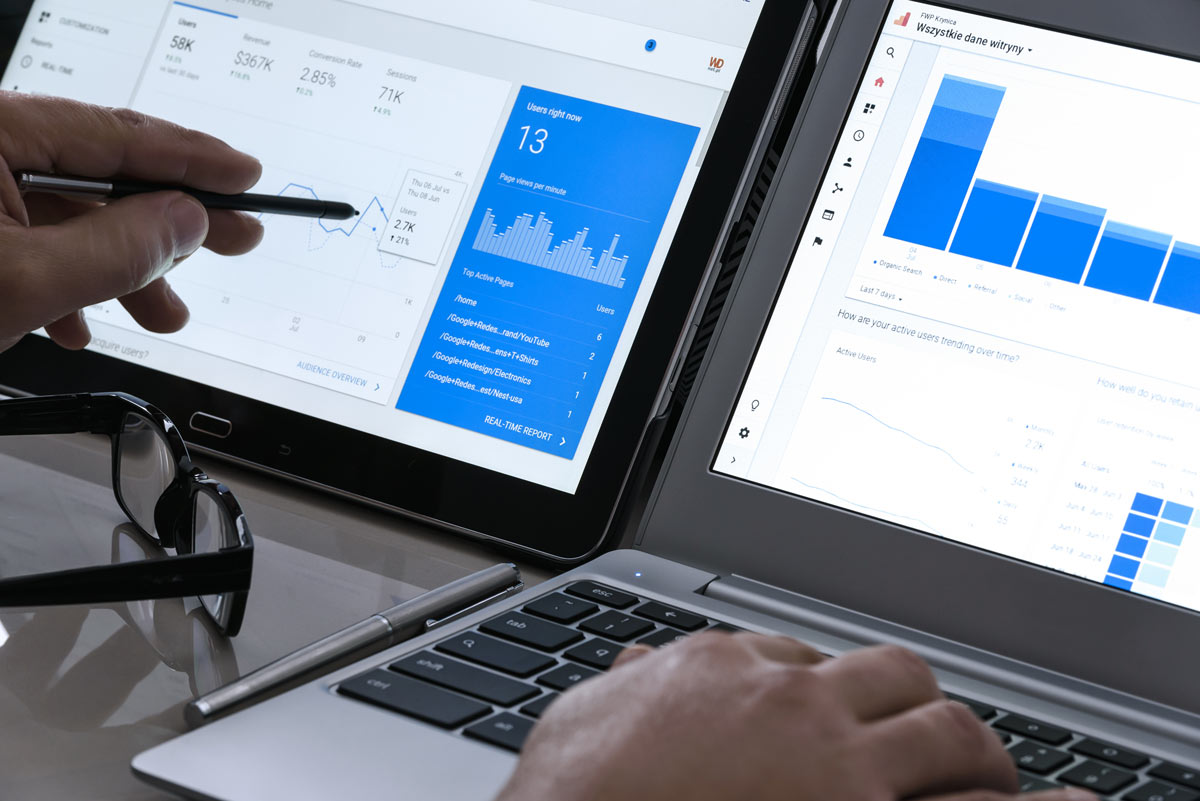Introduction to Email List Building
Email list building is about collecting emails from people interested in your business. It’s simple but powerful. Think of it as gathering a crowd who wants to hear from you. This isn’t just any crowd, though. It’s made up of potential customers, folks who have said, “Yes, tell me more.” You start by offering something valuable like a discount or an insider tip in exchange for their email. This way, you’re not just shouting into the void. You’re talking to people who have already shown interest. And this is key. Because when people opt-in, they’re more likely to listen, engage, and, ultimately, buy what you’re selling. This approach isn’t about blasting emails. It’s about building relationships. And for small businesses, relationships are gold.
Understanding the Importance of Email List Building for Small Businesses
Building an email list is more than just collecting emails; it’s a direct line to your customers and potential customers. Think of it as having a golden ticket to their attention. For small businesses, this is huge. It lets you promote your products, share big news, or offer special deals directly. No middleman, no hefty advertising fees. It’s a cost-effective tool that keeps you in your customers’ minds and, more importantly, their inboxes.
Why does this matter? Well, people check their emails daily. This ensures your message has a high chance of being seen, compared to a social media post that might get lost in a sea of content. Plus, with an email, you can personalise your message. This means you’re not just throwing information out there and hoping it sticks. You’re speaking directly to them, increasing the chance they’ll engage with your business.
In essence, building an email list gives you control. You’re not at the mercy of changing social media algorithms or rising ad costs. You have a list of people who are interested in what you have to offer, and you can reach out to them on your terms. For small businesses looking to grow, that’s a power you can’t afford to ignore.
The Top Benefits of Building an Email List
Building an email list is like starting your own VIP club where every member is interested in your business. Starting with the basics, it lets you send personalised updates or offers directly to people who actually want to hear about them. This means, instead of shouting into the void, you’re talking directly to potential buyers. Plus, it’s super cost-effective. Compared to traditional marketing, emailing is almost free, except for maybe a few bucks for an email service provider. Another big win is trust-building. Regular, friendly emails can turn strangers into friends and friends into customers. And the best part? This trust can lead to a loyal following that’s ready to buy what you’re selling, again and again. Lastly, think of your email list as your business’s safety net. Social media algorithms change, and online ad costs can skyrocket, but your email list? That’s yours forever. No one can take those contacts from you, making it a stable foundation to build your marketing efforts on. So, starting an email list? It’s a no-brainer.
Getting Started: Basic Tools and Resources Needed
Starting your email list building journey means getting the right tools and resources in place. First off, you’ll need an email marketing service. Think of it as the backbone for your whole operation. Services like Mailchimp or Constant Contact let you send emails, organise subscribers, and track results. Next up is a decent website or landing page. This is where people will actually sign up. WordPress or Wix are good places to start; they’re easy to use and integrate well with email services. Then, consider adding a signup form directly to your site. Most email marketing services offer this feature, making it super simple for you to set up. Lastly, you’ll want to arm yourself with some catchy content or a lead magnet. This could be a free ebook, a discount, or exclusive content. It’s your “thank you” for subscribers’ emails. With these basics, you’re well on your way to building that all-important email list.
How to Effectively Collect Email Addresses
To effectively collect email addresses, start simple. Sign up forms on your website are a must. Make sure they’re easy to find and use. Offer something valuable in return for an email, like a free ebook or a discount code. Use social media too – it’s not just for cat videos. Post regular updates and tease exclusive content for those who sign up. Remember, always be clear about what they’re signing up for. No one likes surprises when it comes to their inbox. Keep it straightforward, respect privacy, and watch your list grow.
Crafting Your First Email: Tips and Best Practices
Ever sat down to write your first business email and felt utterly lost? You’re not alone. Crafting your first email to your list is crucial but doesn’t need to be complicated. Let’s keep it simple and effective. First, start with a clear, compelling subject line. Think of it as the door to your email; it should invite people in. Make it catchy, but keep it honest. No clickbait. In the body, start with a personal greeting. Use your subscriber’s name if you can; it adds a personal touch they’ll appreciate. Now, get straight to the point. Your subscribers are busy folks. Tell them why you’re emailing and make it worth their time. Sharing a tip, offering a discount, or telling a short, relatable story can be good ways to engage. Use simple language. This isn’t the place for industry jargon or complex sentences. Think of it as explaining your point to a friend. Include a clear call to action (CTA). What do you want them to do next? Whether it’s visiting your website, checking out a new product, or simply replying to your email, make it clear and easy to find. Finally, sign off with a warm closing. It could be anything from “Best” to “Warmly,” followed by your name. This isn’t just manners; it’s about building a relationship. Remember, your email list is a valuable asset. Treat it with care, and start as you mean to go on.
Strategies to Grow Your Email List
To grow your email list, you’ve got a few handy strategies up your sleeve. Start with offering something valuable for free. Think of it as a trade – your visitor’s email for a free eBook, a discount code, or an exclusive video. It’s like saying, “Hey, got something cool here. Email me, and it’s yours.” Simple, right? Then, make sure your website and social media platforms are hard at work. Use pop-ups that politely ask for emails, or a sign-up button that’s always visible. It’s like setting up a lemonade stand – make it too good to pass by. Don’t forget about old-school face-to-face interactions. At events or your storefront, have a sign-up sheet ready. It’s like inviting someone to a secret club. Lastly, run contests or giveaways where entering with an email is the ticket to win. Who doesn’t love winning? Use these strategies to turn casual visitors into loyal fans.
Engaging Your Email Subscribers to Maintain Interest
Keeping your email subscribers interested is key, and it’s not just about sending emails. It’s about sending the right emails. First, know your audience. What do they like? What do they need? Your emails should speak directly to them, offering value that makes them happy they subscribed in the first place. Mix it up with exclusive offers, insightful articles, and personal stories or successes from your business that they can relate to or learn from. Use simple, direct language to make your messages clear and engaging. Remember, the goal is to build a relationship, not just fill their inbox. Make sure to always give them an easy way to unsubscribe, too. This keeps your email list healthy and focused on those who are truly interested. In sum, keep it relevant, make it personal, and always offer value. This approach will not only maintain interest but deepen the connection with your subscribers.
Measuring the Success of Your Email Campaigns
Measuring your email campaigns is key to knowing if what you’re doing is working. Look at open rates to see who’s actually interested in your emails. If a lot of people open them, that’s good. Then check click-through rates. This tells you who clicked on stuff in your emails, like links or offers. High numbers here are great. Don’t forget about the conversion rate. This measures who did what you wanted them to – like buying something or signing up. A rising conversion rate means you’re on track. Watch for any unsubscribes too. Some people will always leave, but a big spike in unsubscribes could mean your emails aren’t hitting the mark. Remember, these numbers help you tweak your emails to better match what your audience likes.
Next Steps and Advanced Techniques in Email List Building
Next, as you grow your email list, it’s time to upgrade your strategies. Start segmenting your list based on customer interests, purchase history, or how they found your business. This personalises your emails, making your messages more relevant to each subscriber. For instance, someone who signed up at a local event might be interested in community news or in-store promotions, while an online sign-up might prefer web-exclusive offers. Use autoresponders for welcome emails, thank you messages, or to guide subscribers through a journey tailored to their actions. Consider A/B testing subjects, calls to action, and email content to see what works best. Finally, periodically clean your list. Remove inactive subscribers to improve engagement rates and keep your emails from being marked as spam. These steps will not only help maintain a healthy, dynamic email list but also enhance your relationship with your subscribers, driving more business your way.






